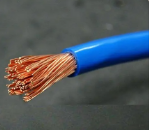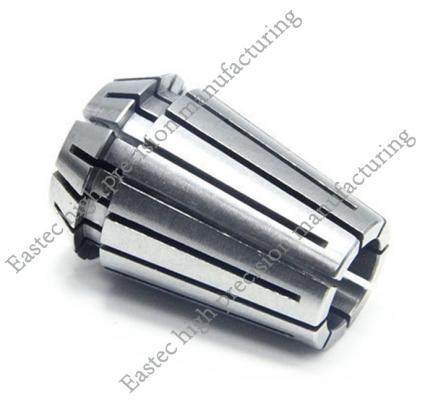1. Analysis of Error Sources in the Process
(1) Material Characteristics
Sheet metal materials are usually supplied in the form of coils or sheets, and there is often non - uniformity in thickness. Even within the same batch of materials, there are slight fluctuations in thickness. This non - uniformity can cause the material in certain areas to experience different stresses or deformations during processing, thus affecting the final shape and dimensional accuracy of the parts. The elastic modulus of a material is an important parameter that describes the stiffness characteristics of the material under stress. There may be differences in the elastic modulus among different materials or different batches of the same material, resulting in different elastic deformations during the forming process. Some sheet metal materials, especially cold - rolled steel plates or aluminum alloy plates, exhibit significant anisotropy, that is, differences in mechanical properties in different directions. This characteristic can lead to different deformation behaviors of the material in different directions, further affecting the accuracy of the parts.
(2) Precision of Processing Equipment and Tool Wear
The precision of processing equipment directly affects the dimensional accuracy during the forming process. For example, the precision of laser cutting machines, stamping machines, and CNC machine tools may decline during long - term use. The positioning accuracy, stability, and dynamic response ability of the equipment all affect the processing accuracy, causing deviations in part dimensions. During the long - term forming process, tool wear directly impacts the processing accuracy. Especially in processing methods such as stamping and shearing, the sharpness, shape, and surface condition of the tools change with the increase in usage time, resulting in dimensional deviations during processing. Severely worn tools can lead to an increase in the surface roughness value of the parts or instability in dimensional accuracy.
(3) Changes in Environmental Factors such as Temperature and Humidity
Temperature changes can cause the thermal expansion or contraction of materials, thus altering the dimensions of the parts. In addition, the motion precision of the equipment also varies at different temperatures. For example, in a high - temperature environment, the guide rails of the equipment may undergo slight deformation, resulting in positioning errors. A high - humidity environment can cause materials to absorb moisture and expand, thereby changing their mechanical properties and dimensional stability, especially in wood, plastics, or certain metal materials. Moreover, humidity can also affect the electronic components and mechanical structures of the processing equipment, leading to a decrease in equipment accuracy.
2. Common Precision Problems and Their Impacts
(1) Dimensional Deviation
Dimensional deviation is manifested as deviations in length, width, thickness, hole diameter, and other dimensions, directly affecting the assembly and functionality of the parts. If the dimensional deviation of sheet metal parts is too large, it can lead to difficult assembly or even impossible assembly. Especially for parts that require a tight fit, inappropriate dimensions can result in excessive gaps or interference, affecting the overall quality of the product.
(2) Shape Errors
Shape errors mainly include straightness error, flatness error, and roundness error. Shape errors can cause parts to fail to maintain the expected geometric relationships during assembly, affecting the positioning and fit of the parts. For parts subjected to high stress, shape errors can lead to stress concentration, making the parts prone to deformation or fatigue failure during use. In some application scenarios, strict requirements are placed on the geometric shape of parts, such as the casings or support structures in precision instruments. Any slight shape error can lead to functional failure.
(3) Surface Quality Problems
Surface quality problems mainly include an excessively high surface roughness value of the parts, and surface defects such as scratches, pits, or uneven coatings. An excessively high surface roughness value can increase the friction between parts, causing accelerated wear of moving parts and reducing the service life of the parts. For parts that require sealing, such as valves and pipeline connection components, the surface quality directly affects the sealing effect. An uneven surface or scratches can lead to poor sealing, resulting in leakage or penetration, affecting the overall performance of the product.





 Customer service 1
Customer service 1  Customer service 2
Customer service 2